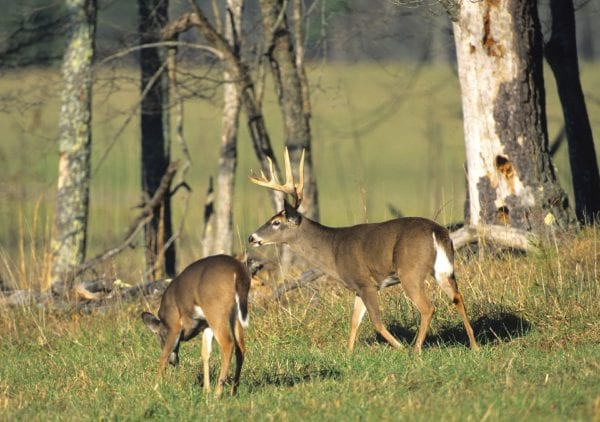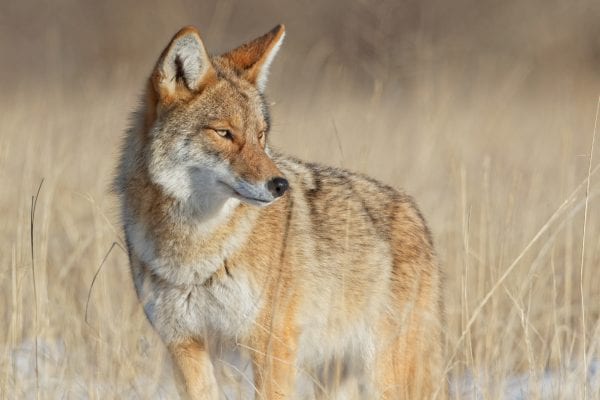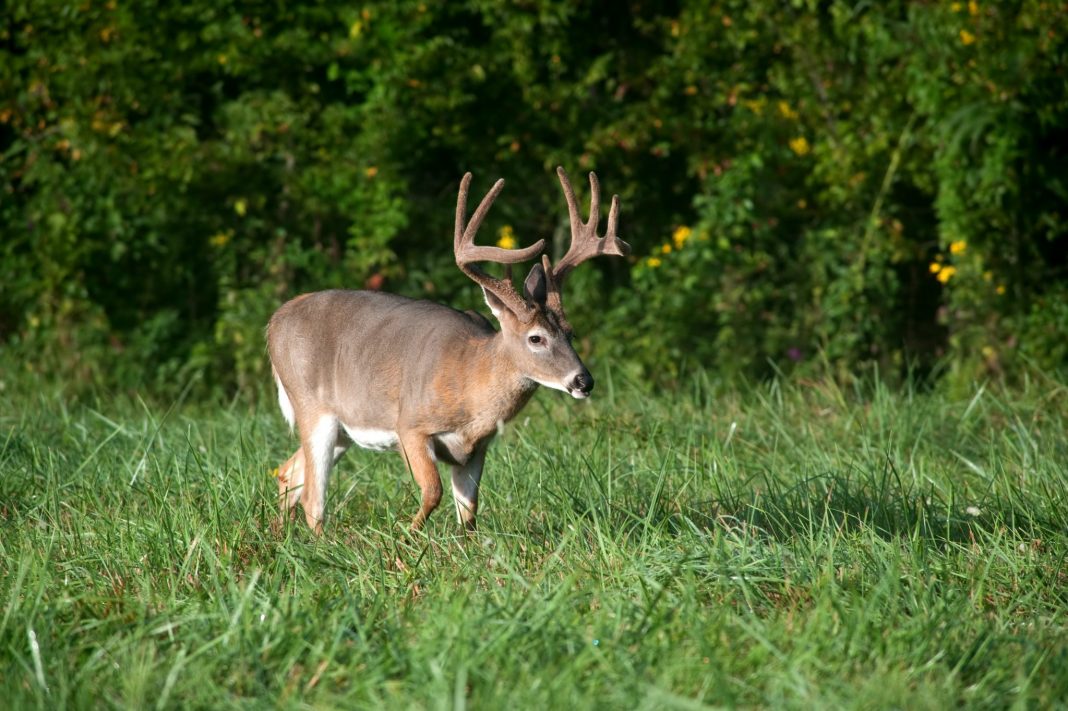Posted by Katie Nichols – May 19, 2020
AUBURN UNIVERSITY, Ala.—Deer season 2020 is in the books and turkey season just came to a gobbling close. An Alabama Cooperative Extension System forestry, wildlife and natural resource management regional agent said many hunters ignore their hunting properties through the summer months, but attention to the wildlife plot is still important.
Bence Carter said summer is an ideal time for hunters to enhance their property to benefit wildlife throughout the year. He recommends making plans for property maintenance during the winter months. However, it is not too late to develop a plan and begin work now.
Provide Nutrient Supplements
“Encouraging growth of native browse and planting warm-season food plots are a great way to provide needed nutrition to wildlife without the costs and risks associated with feeders,” Carter said. “The average adult whitetail can consume four to six pounds or more of dry weight per 100 pounds of body weight per day. This translates to more than one ton of food per year.”

With an average of one ton of food per year, continuous supplemental feeding may prove to be an expensive investment. Carter said hunters should keep in mind that feeders have the potential to increase exposure to predators and diseases.
Whitetail deer need a minimum average of 17 percent crude protein in their diet per year. Depending on age and physiological activity, the deer may need higher amounts of protein.
“While corn is a common choice for hunters, it only has six to 10 percent crude protein and is high in fat and carbohydrates,” Carter said. “Encouraging establishment of native browse, like grasses, forbs and legumes, or planting warm-season food plots can be an effective option to provide supplemental food sources during a crucial developmental time. A diverse selection of available browse throughout your property will maximize benefit to whitetail.”
Warm Season Food Plot Location
When selecting warm season food plot locations, identify areas that are not used for winter food plots. Also look for low bottomland locations which are likely to remain cool and moist throughout the summer.
Before planting, conduct a soil test to determine if any soil amendments, such as lime and fertilizer, are needed. Hunters should also check planting guides for the best crops for the site, planting depth and companion crops.
The Alabama Extension publication Plantings For Wildlife is a good resource for additional information.
General Management
The summer is a great time to enhance a property and complete general management tasks including:
- controlling invasive plant species
- maintaining or building new roads
- maintaining or establishing drains, water bars and culverts
Identifying and managing invasive plant species is also a great way to encourage plant diversity, promote beneficial native vegetation and increase the value of timber. Identifying invasive plant species is important in determining the ideal management plan.
Carter said roads throughout the property can serve many benefits. These include improving access, adding fire lanes, linear food plots and increasing edge habitat.
“If you are looking to sell or lease the property in the future, roads allow potential customers to quickly and easily travel the property to evaluate timber, view wildlife and inspect habitat types and other improvements on the property,” he said.
Surveys
Carter said another enjoyable opportunity in late summer is conducting camera surveys. These surveys allow hunters to gather useful trend data on sex ratio and buck age structure. Surveys also allow hunters to record reproduction and survival rates on the property.
For more information on camera surveys, check out the Alabama Extension publication Managing White-tailed Deer: Camera Surveys.
 Predator Control
Predator Control
If done properly, predator control and trapping during the summer can be an effective way to increase fawn and turkey poult survivability.
“Coyotes and raccoons do not have a closed season during the summer months,” Carter said. “This makes the summer an ideal time to get back into the woods to reduce their numbers.”
Check the Alabama Hunting and Trapping regulations annually to brush up on game regulations. Hunters can also talk with a wildlife biologist or an Alabama Extension forestry, wildlife and natural resources regional agent about effective trapping strategies.
More Information
Carter said it is not imperative that all of these strategies be implemented during the summer months.
“If you are only able to select a few of these management strategies to implement, add others in the future,” he said. “The important part is to begin looking at wildlife management practices on your property as a year-round activity, instead of just during the hunting seasons.”
More information on many wildlife topics is available on the Alabama Extension website www.aces.edu. People can also call their county Extension office or visit the Extension directory to be connected with a forestry and wildlife specialist or find a nearby agent.
















